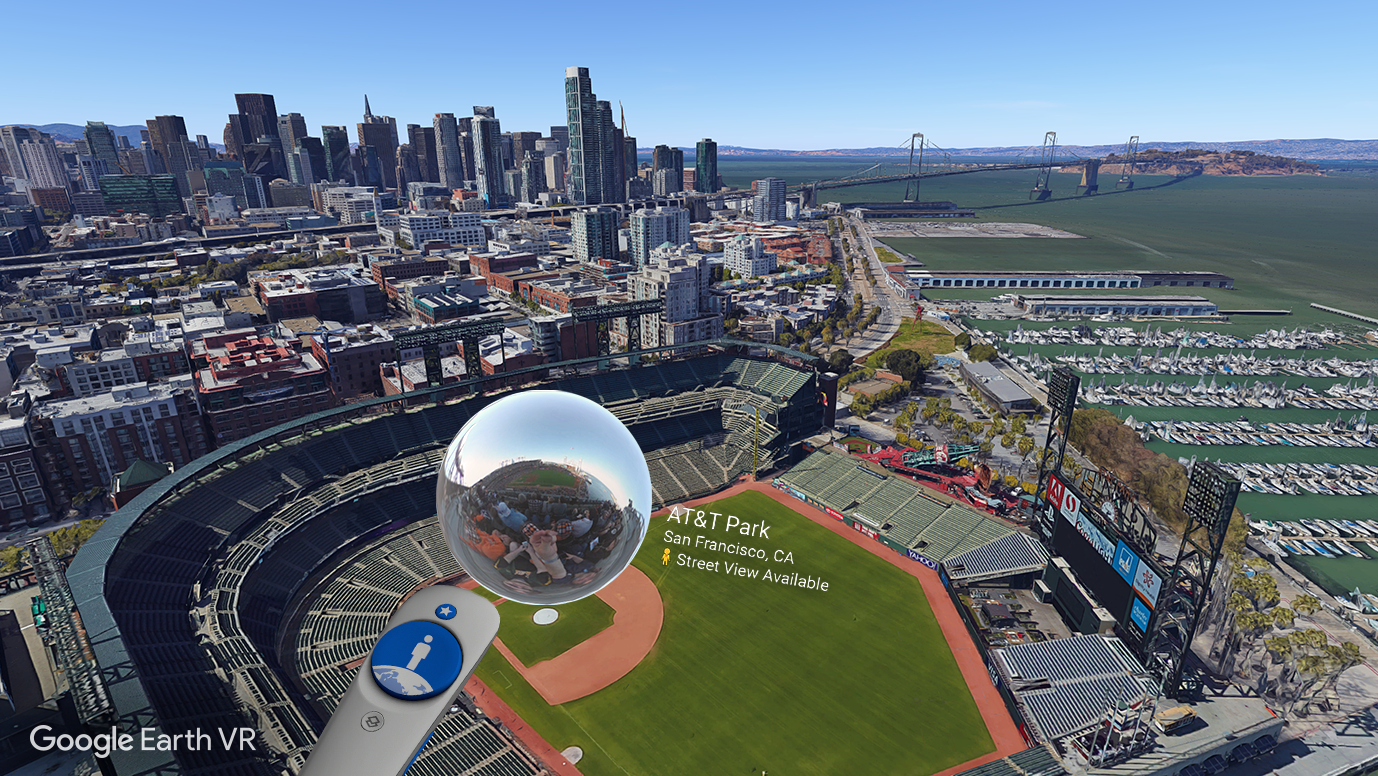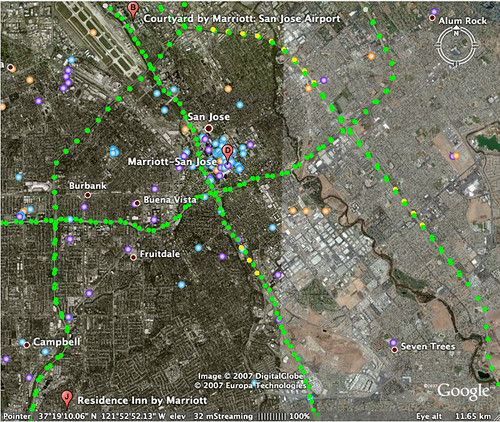
"Earth Observation data is becoming a major driver in the so-called Fourth Industrial Revolution – the era of Big Data analytics," says Blain, who adds that AI is critical in analyzing the petabytes of data. (Image credit: Earth-i) This is about big data

VividX2 is a prototype for the company's Vivid-i Constellation. The images can be used to monitor the exact number of cars on motorways, count how many people are crossing a national border, and even to calculate the real-time power output of a wind farm. It can produce real-time video of airport runways, the movements of ships in harbors, and cargo around ports. Each pixel represents 60cm or just under 24 inches. As well as multi-angle images that construct a 3D model, it has a 'video staring' mode as it passes over at more than four miles per second it constantly reorients its camera to fix on a particular location, producing a two-minute, 50fps video of that location. Having launched in January 2018, UK company Earth-i (opens in new tab)'s VividX2 satellite began sending back the first full-color video. Do you have a brilliant idea for the next great tech innovation? Enter our Tech Innovation for the Future competition and you could win up to £10,000!.Google Earth Engine (opens in new tab) has already made satellite imagery available for Earth scientists – is the future for Earth observation real-time video?

Meanwhile, drones and unmanned aerial vehicles (UAVs) are on the cusp of being able to offer high-resolution close-ups of everything, everywhere. Or just streamed as live video of Earth shot from space? What if the famous Google Street View vehicles weren't vans, but drones?Īll of this will soon be possible, thanks to a 4K Ultra HD camera that can stream full-color video back to Earth from more than 300 miles up.

What if the images in Google Earth were refreshed not every fews years, but every few seconds.


 0 kommentar(er)
0 kommentar(er)
